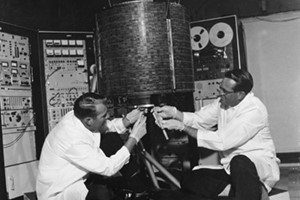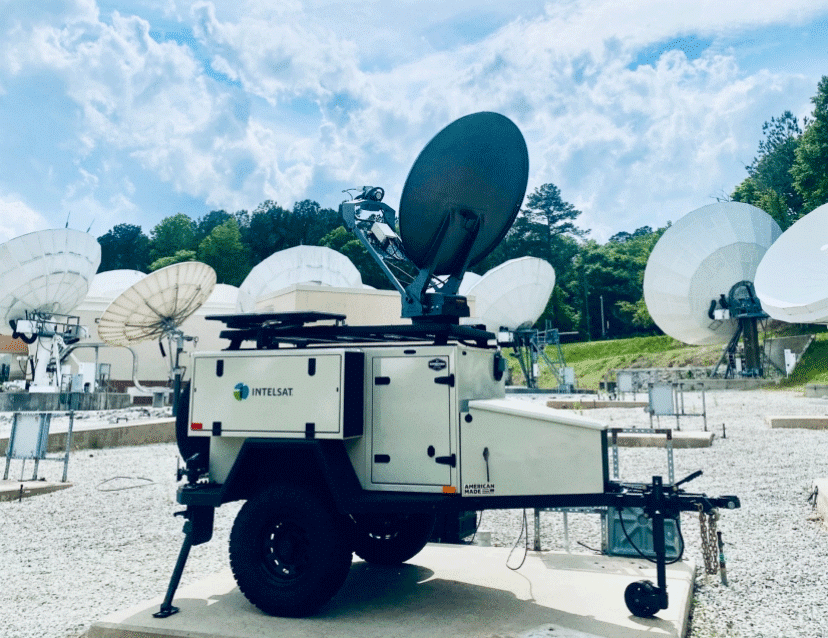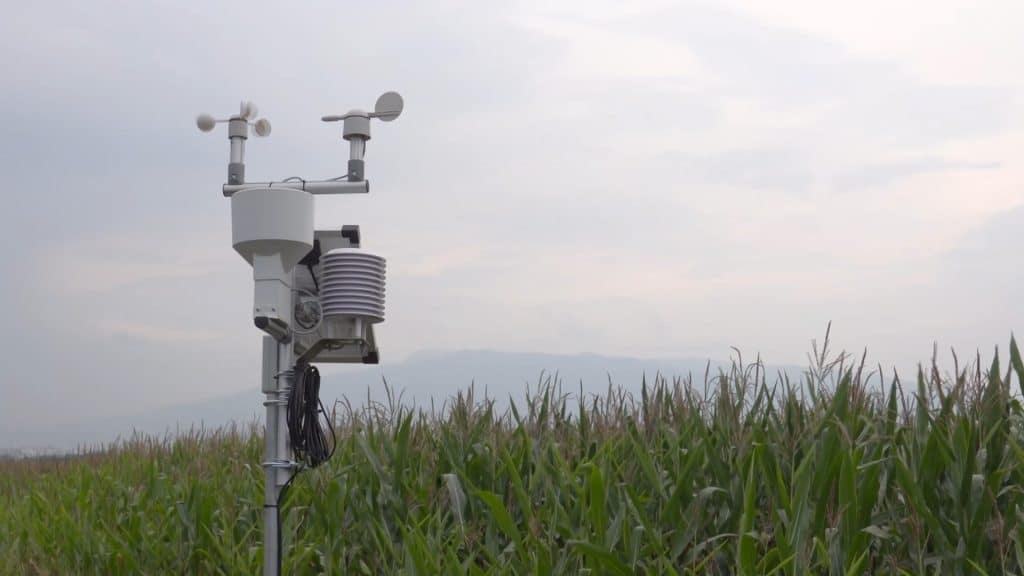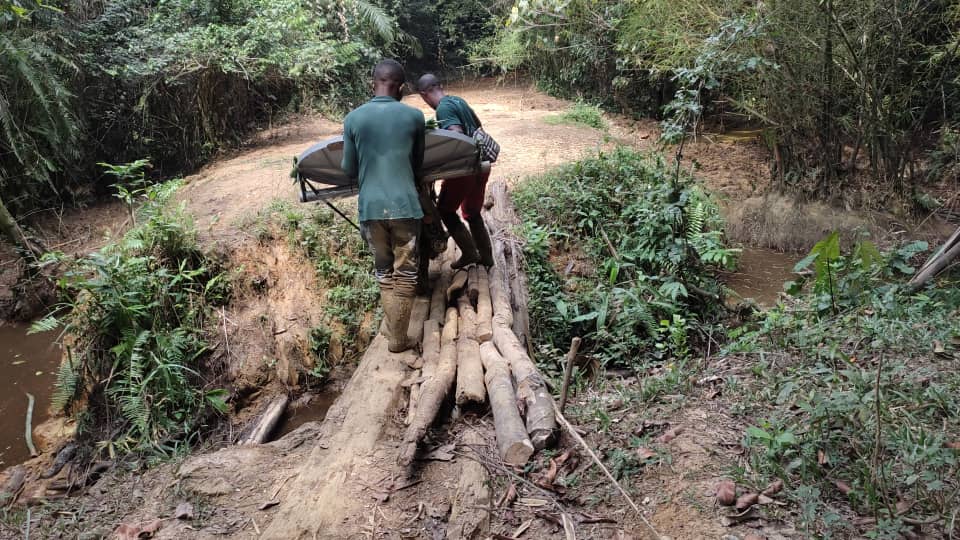The Beatles Said, “It’s Easy,” But the 50th Anniversary of the ‘Our World’ Broadcast Reminds Us That It Wasn’t
By Peter Ostapiuk, Head of Media Product Services
In an era when you can send a video of your cat around the globe in the blink of an eye, it seems quaint to recall that just 50 years ago, Intelsat satellites carried the first-ever live international video broadcast, the TV special “Our World.” The two-and-a-half-hour program ran on June 25, 1967, was coordinated out of the BBC control room in London and featured live feeds from 14 different countries in succession moving west around the globe. The program concluded back in London with the premiere performance of the Beatles singing “All You Need Is Love,” backed by a chorus of more than a dozen other musical stars.
One of the refrains in the song is “It’s easy.” But a look back at the event reminds us that it was anything but! The program, conceived by BBC producer Aubrey Singer, was 10 months in the planning and ultimately required the participation of around 10,000 technicians, producers and interpreters. Broadcasters in the participating countries received the live black-and-white video feed using Intelsat 1, known as ‘Early Bird’ because it was the first Intelsat satellite; Intelsat II F2, called ‘Lani Bird’; Intelsat II F3, ‘Canary Bird’; and NASA’s ATS-1. The positioning of the four satellites provided complete global coverage, allowing the program to be broadcast in 24 countries with interpreters providing voice-over in 22 different languages.
The producers who put the show together faced technical obstacles that are hard to imagine today, given how far satellite and broadcasting technology have progressed in those five decades. One was that Early Bird could only transmit two television channels at a time – one from the Americas to Europe and the other from Europe to the Americas. No company had ever coordinated a broadcast using multiple satellites, and the timing had to be precise when the live action broadcast shifted from one location to the other as it moved from country to country.
The program opened in London at 7 pm local time with the Vienna Boys Choir singing the theme song “Our World,” moving from English through 21 other languages as they performed. The live broadcast then moved to Toronto for an interview with media theorist Marshall McLuhan, then to New Jersey where President Lyndon Johnson was having a conference with Soviet premier Alexei Kosygin. An estimated 400 million people saw the live broadcast.
By the time the show moved across Asia and Europe to return to London, the Beatles were seated on four stools in their Abbey Road Studios, with members of The Rolling Stones, Eric Clapton, Marianne Faithfull, Keith Moon, Graham Nash and other musicians in the background to sing the chorus. Producers had asked the band to write an original song with a positive, universal message, and John Lennon and Paul McCartney came up with “All You Need Is Love.” The song went on to become one of the most popular the band ever recorded. (A film of the Beatles’ performance was later colorized for use in a 1995 TV special, leading some to think that the original broadcast was in color.)
While satellites had previously been used to for broadcast feeds over wide regions, the “Our World” program demonstrated for the first time that it was possible to arrange a global broadcast with multiple satellites and multiple control centers thousands of miles apart.
Satellite and broadcast technology have advanced exponentially since the “Our World” project, which was transmitted using analog broadcast technology. Today, the use of digital technology is ubiquitous and most content is produced in high definition. Each year, events of global significance from national elections to breaking news in regions of conflict as well as fun events such as the Super Bowl, the Miss America pageant, the Olympics and the Academy Awards are broadcast globally using an array of satellites and fiber.
It’s remarkable to think of how far we’ve come: Early Bird only carried two television channels. Today, our satellites carry over 5,000 channels for broadcasters all around ‘our world’. The legacy of the broadcast is that it showed the power of television to create a truly “global village,” with millions of people around the world experiencing an event simultaneously.
Global connectivity has forever changed the way we communicate with our family, friends and even co-workers. It has transformed the way we stay informed about things that might affect our local community, our country and our planet. It has revolutionized when, where and how we can receive information. While there is still certainly an argument to be made that “Love is All You Need”—especially these days—I think a connected world can’t hurt either!
Supporting Resources:
- The Beatles’ perform “All You Need is Love” during the Our World’ broadcast – https://www.youtube.com/watch?v=t5ze_e4R9QY






















